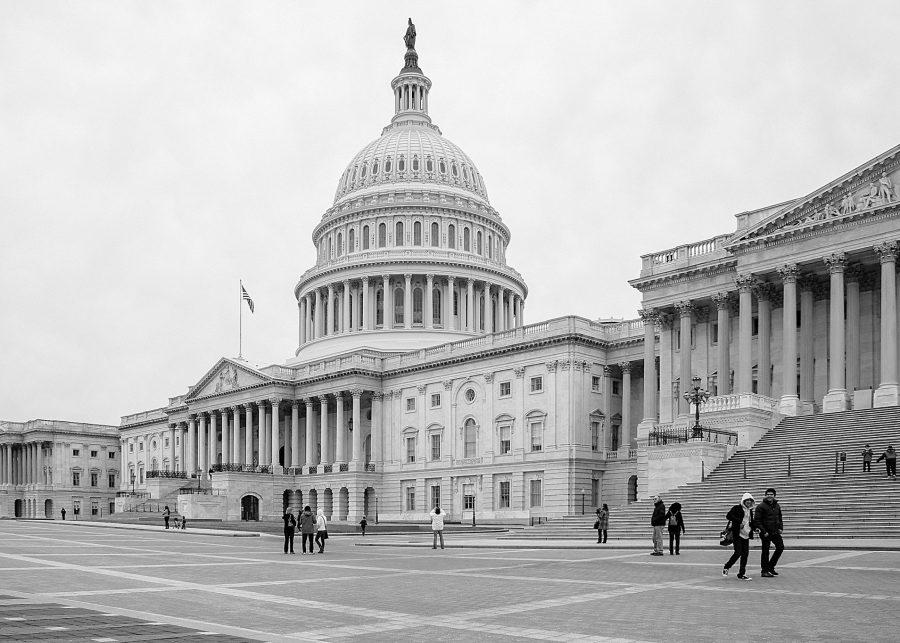According to the Education Data Initiative, 83.8 percent of first-time and first-year undergraduate students receive some form of financial aid (1). Much of this aid is considered Federal Student Aid and is primarily given on a merit basis. Federal Student Aid is a major aspect of attending university in the United States and many students benefit from it. Despite this fact, many students don’t truly understand Federal Student Aid and the way in which it impacts colleges across the United States. The aim of this article is to outline and explain Federal Student Aid in a clear, comprehensive manner, and to ensure that you complete reading this article with a much greater understanding of Federal Student Aid and the way it impacts your education.
First, it is critical to understand where Federal Student Aid comes from. According to the office of the U.S. Department of Education, the U.S. Department of Education is considered to be your lender (2). In essence, when taking out your student loan, you are borrowing from the Federal Government. This is why student loans are able to be given a competitive interest rate. However, some student loans earn interest while you attend school and others don’t. It is for that reason that the U.S. Department of Education offers four main types of Direct Loans.
The first two loans offered by the U.S. Department of Education are the most familiar to undergraduate students, as they are the most commonly used by those types of students. The first one is a Direct Subsidized Loan. This loan is issued on need-based terms to students who demonstrate financial need in order to pay for college (3). This type of loan is low-interest, and generally, interest is not due until you graduate college. The second main type of loan is a Direct Unsubsidized Loan. Although these still offer competitive interest rates, generally, students have no grace period when paying interest. Additionally, these loans are not offered on a need-basis (4). The other two types of loans are much more uncommon. The first is a Direct PLUS Loan—which issue to graduate and professional students—and the second is Direct Consolidation Loans, which allow you to combine all your eligible student loans into one (5). All these loans play a significant role in most college students’ journey through college. For more information on student loans, please visit the U.S. Department of Education’s Student Aid website.
The financial burden of college is immense on young Americans. In total, Americans owe $1.73 trillion in student debt (6). As this number continues to increase yearly, learning about student loans is critical in understanding why Americans are in so much student loan debt. Moving forward, legislators should look for ways to solve this major issue, through debt relief and additional repayment options. Despite President Biden’s claims he was going to look to solve student loan debt, his actions have not proved that this is a major concern for his administration.
Borrowing money to attend college is often necessary, given the rising cost to attend a four-year university. However, it doesn’t have to be this way. Many nations from Europe to Asia to Africa offer free, or heavily subsidized, public college. The United States Federal Government should actively pursue measures to decrease the burden of student loan debt. Instead of bailing out huge companies and banks, the United States should create a plan to bail out America’s next generation.





















































